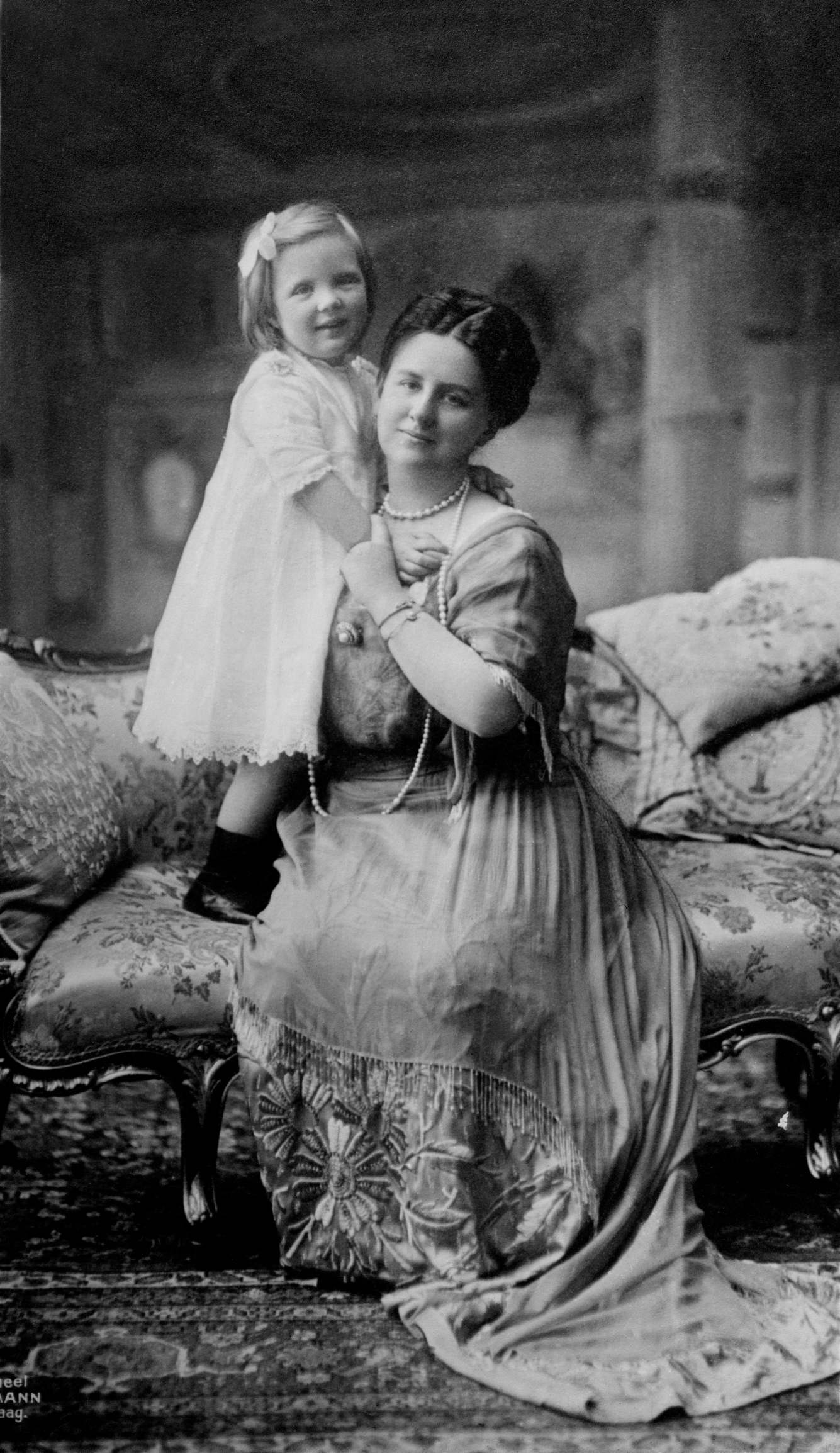Centuries before the English and Scottish thrones were united, there was a time when a little girl named Margaret of Norway was set to become Queen of Scotland following the death of her maternal grandfather, but her succession was contested. When she died at age seven on the voyage to Scotland, clearly without children of her own, the little kingdom was embroiled in a succession war. Had Margaret lived, King Edward I of England, who was hammering the Scots, might have married her to the Prince of Wales and united the thrones 300 years sooner. Instead, the union took place after the first Queen Elizabeth executed her cousin and presumptive heir Mary Queen of Scots for treason and left the English throne to Mary's son King James V of Scotland. As for Mary, who had inherited the Scottish throne when she was six days old, her mismanagement and personal scandals forced her from the throne when James was still a baby.
In Scandinavia, 14th century Queen Margrethe I served as regent for her only son Olaf II, but when he died at 17, she was invested with the power herself and with her husband, she united the thrones of Denmark, Sweden and Norway. She selected her great-nephew Eric of Pomerania as her heir. Later, the cross-dressing Queen Christina of Sweden refused to marry. She eventually abdicated in favor of a cousin, converted to Catholicism and moved to Italy, where she apparently had a rollicking good time. A few generations after that, Queen Ulrika Eleonora succeeded her brother to co-reign with her husband Frederick I, who continued to rule without her after her death and was followed by their son.
On the Iberian Peninsula, the various reigning Spanish and Portuguese queens were all dynastically successful although their male counterparts did not always manage to leave legitimate children. Perhaps one of the most interesting stories of fertile female monarchs is in The Netherlands, where three generations of queens reigned in a row (See my post End of the Queen Streak). In 1890, nine-year-old Wilhelmina succeeded her elderly father. She had two half-brothers who were supposed to become king, instead but they both died unmarried in their thirties. Wilhelmina passed the throne to her only child, Queen Juliana, who had four children--all girls. When Juliana's oldest daughter, Queen Beatrix, had a son in 1967, he was the first Dutch prince to be born in 116 years! He now has three children of his own--all girls!!
*Mary II co-reigned with her husband (and first cousin) William III with the understanding that if she died before him, which she did, her sister Anne would not assume the throne until his death.


No comments:
Post a Comment